Description
Introduction
The injection quill assembly is the main part of the chemical injection quill. They are utilized to insert the injection quill, corrosion coupons, or corrosion probes into high-pressure (up to 600 bar) oil & gas pipelines without stopping the flow in the main line. Usually, the quill and injection quill assembly are sold as a whole.
Specifications
Name | Injection quill assembly | |
| Material | Stainless Steel 304, Stainless Steel 316, DSS F51, Carbon Steel A105N, and also Inconel 625 | |
| Operating Temperature | -20±120 | |
| Feature | Firstly, it is easy to operate | |
| Secondly, high accuracy and long life | ||
| At last, high-efficiency and low cost | ||
| Payment | TT/LC | |
| Advantages | Firstly, they are lightweight and flexible. | |
| Secondly, excellent injection efficiency. | ||
| At last, accurate location tracking. |
Selection Model of Injection Quill Assembly
| Model | ||||||||||||||||||||||||||||
SI | Chemical Injector Quill | |||||||||||||||||||||||||||
| -Code | Plug | |||||||||||||||||||||||||||
| Pxxx | Type | Material | Sealing Material | |||||||||||||||||||||||||
| 0 | No Request | 0 | CS | 0 | No Request | |||||||||||||||||||||||
| 1 | Hollow Plug Body | 1 | 316SS | 3 | DSS | 1 | Viton O-Ring / PTFE Primary Packing | |||||||||||||||||||||
| 2 | Solid Plug Body | 2 | 316LSS | 4 | INCONEL | 2 | HNBR | |||||||||||||||||||||
| – Code | Injection Nut | |||||||||||||||||||||||||||
| Nxx | Connection Size | Material | ||||||||||||||||||||||||||
| 0 | i.e. No Request | 0 | i.e. CS | |||||||||||||||||||||||||
| 1 | i.e. 1/4″ | 1 | i.e. 316SS | 3 | i.e. DSS | |||||||||||||||||||||||
| 2 | i.e. 1/2″ | 2 | i.e. 316LSS | 4 | i.e. INCONEL | |||||||||||||||||||||||
| – Code | Injection Tube | |||||||||||||||||||||||||||
| Sxxx-Lx″ | Connection Size | Material | Nozzle | Line size(x″) | ||||||||||||||||||||||||
| 0 | No Request | 0 | CS | 0 | i.e. No Request | The most effective position for injection is generally at the center of the pipe | ||||||||||||||||||||||
| 1 | i.e. 1/4″ | 1 | i.e. 316SS | 1 | i.e. Open | |||||||||||||||||||||||
| 2 | i.e. 1/2″ | 2 | i.e. 316LSS | 2 | i.e. Quill | |||||||||||||||||||||||
| 3 | i.e. DSS | 3 | i.e. Cap & Core | |||||||||||||||||||||||||
| 4 | i.e. INCONEL | |||||||||||||||||||||||||||
| – Code | Nipple and Valve(or end Flange)of Tee | |||||||||||||||||||||||||||
| Txx | Connection Size | Material | ||||||||||||||||||||||||||
| 0 | i.e. No Request | 0 | i.e. CS | |||||||||||||||||||||||||
| 1 | i.e. 1/4″Nipple | a | i.e. 1/4″Nipple and Valve | 1 | i.e. 316SS | |||||||||||||||||||||||
| 2 | i.e. 1/2″Nipple | b | i.e. 1/2″Nipple and Valve | 2 | i.e. 316LSS | |||||||||||||||||||||||
| 3 | i.e. 3/4″Nipple | c | i.e. 3/4″Nipple and Valve | 3 | i.e. D SS | |||||||||||||||||||||||
| 4 | i.e. 1″Nipple | d | i.e. 1″Nipple and Valve | 4 | i.e. INCONEL | |||||||||||||||||||||||
| 5 | i.e. 1/4″Flange | e | i.e. 1/4″Nipple end Flange | |||||||||||||||||||||||||
| 6 | i.e. 1/2″Flange | f | i.e. 1/2″Nipple end Flange | |||||||||||||||||||||||||
| 7 | i.e. 3/4″Flange | g | i.e. 3/4″Nipple end Flange | |||||||||||||||||||||||||
| 8 | i.e. 1″Flange | h | i.e. 1″Nipple end Flange | |||||||||||||||||||||||||
| For Example, SI-P221-N12-S122-L4″-T22 SI:e.g. Sampling & Injection Assembly, P221: e.g. Solid Plug Body in 316LSS Viton O-Ring and PTFE Primary Packing, N12:e.g. injection Nut Connection Size is 1/4″and Material is 316LSS, S122:e.g. injection Tube Connection Size is 1/4″ and Material is 316LSS. The type of nozzle is quills L4″:For 4″pipe. T22: Nipple of Tee Connection Size is 1/2″, Nipple material is 316LSS | ||||||||||||||||||||||||||||
The Chemical Injector Quill is a part of the chemical injection skid. It is usually located at the junction of the chemical injection system and the pipeline. A retrieval tool with a service valve is commonly used together with the chemical injection quill. The retrieval tool can help retrieve the injection quill under the pressure without shutting down the pipeline. The chemicals injected into the pipe can efficiently inhibit pipe corrosion rate. The injection quill can also help the water treatment industry.
Different Applications for Injection Quills
Injection quills are specialized devices used in process systems to ensure the precise and safe injection of chemicals into a pipeline or vessel. These devices serve multiple applications across various industries, such as oil and gas, water treatment, and chemical processing. Here are some different applications for injection quills:
- Corrosion Inhibition: In the oil and gas industry, injection quills introduce corrosion inhibitors directly into pipelines. This helps protect the internal surfaces from corrosive substances and extends the lifespan of the infrastructure.
- Scale Prevention: Scale inhibitors can be injected into water systems using quills to prevent scale deposits on pipes and equipment. This is crucial for maintaining flow efficiency and preventing blockages.
- Biocide Injection: In both water treatment facilities and oil reservoirs, biocides are injected to control microbial growth. Injection quills ensure these chemicals are evenly distributed, enhancing their effectiveness.
- pH Control: In chemical processing, injection quills are used to introduce acids or bases into a system to maintain or adjust the pH level. Proper pH balancing is essential for chemical reactions and process safety.
- Foam Control: Anti-foaming agents can be delivered into systems where excessive foam is a problem, such as in wastewater treatment plants or food processing. Injection quills help in dispersing these agents effectively.
- Disinfection: In potable water systems, disinfectants like chlorine or chloramine are introduced via injection quills to kill pathogens and ensure the water is safe for consumption.
- Odor Control: Chemicals that neutralize odors can be injected into waste management systems to improve environmental compliance and reduce nuisances.
- Chemical Dilution: Injection quills can also be used for the precise dilution of concentrated chemicals before they enter a main process stream, ensuring safety and process accuracy.
The use of injection quills in these applications ensures that chemicals are safely introduced into a stream at the desired flow rate and pressure, optimizing dispersion and minimizing risks associated with direct chemical injection.

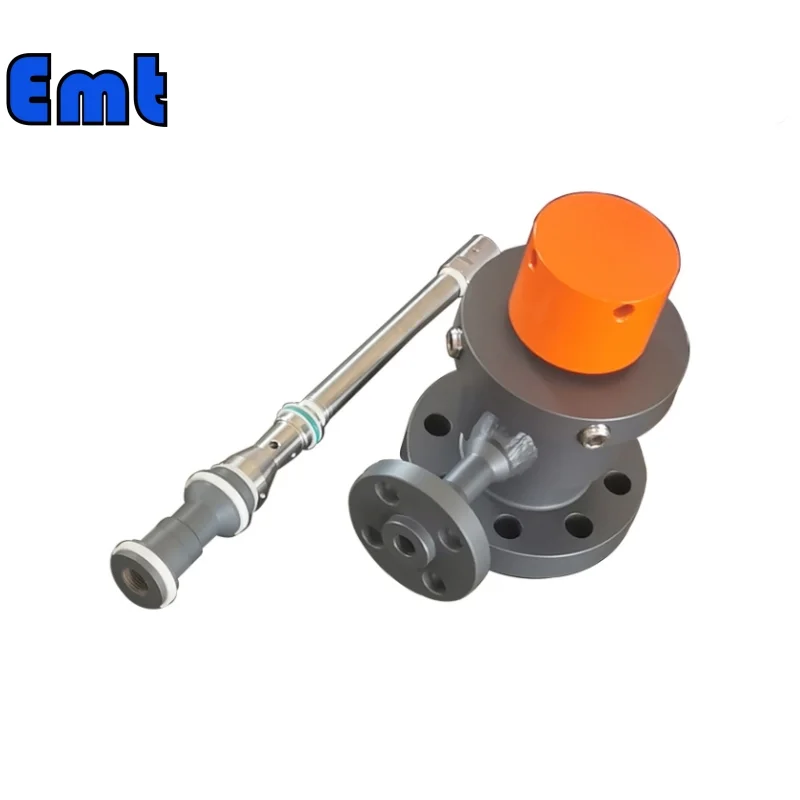
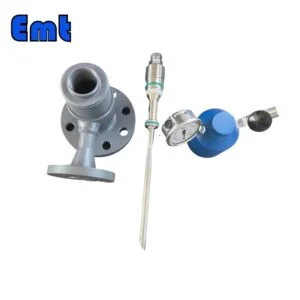
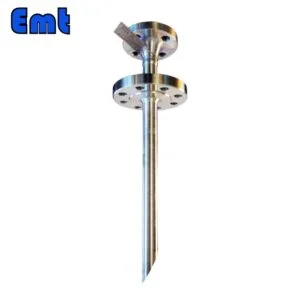
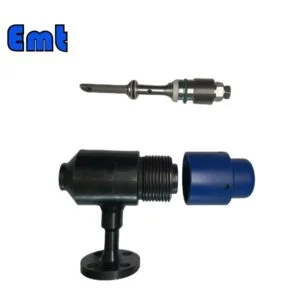
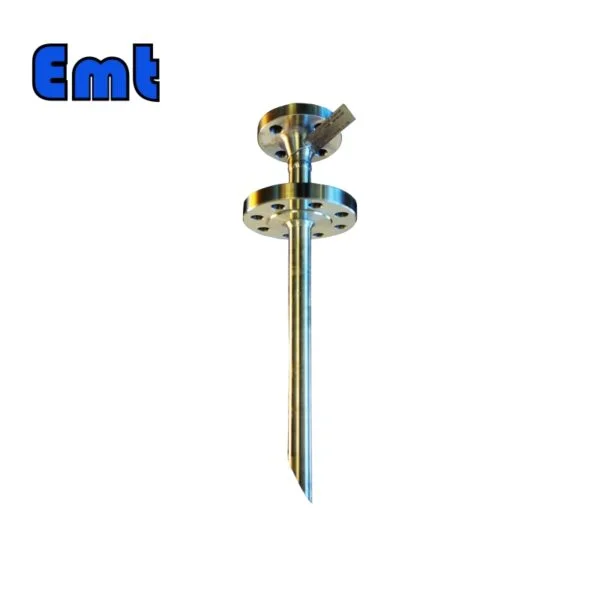
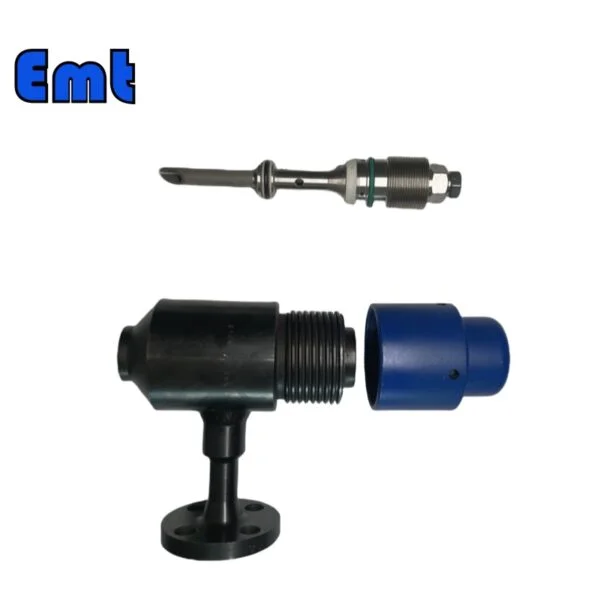
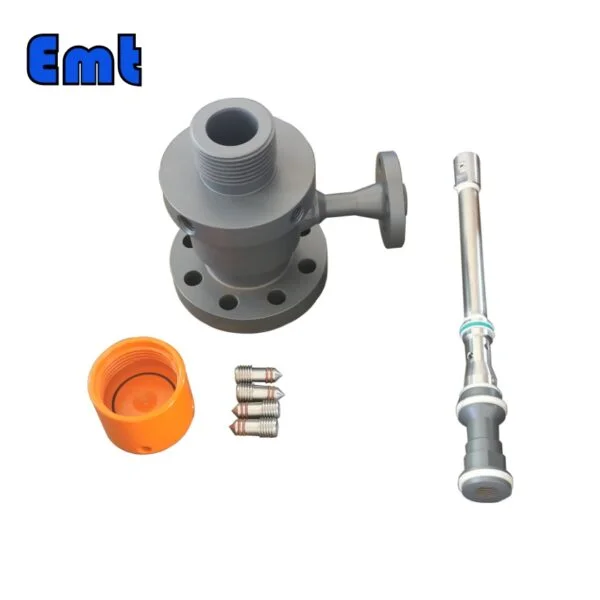
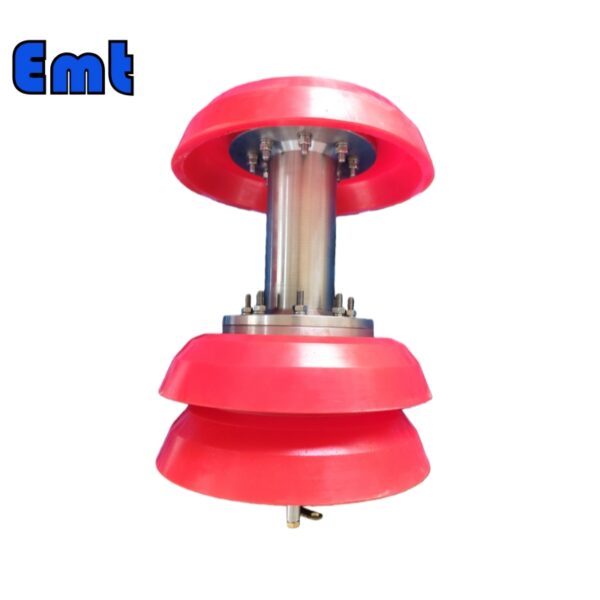
Reviews
There are no reviews yet.